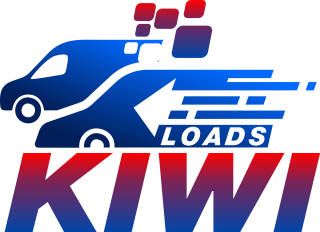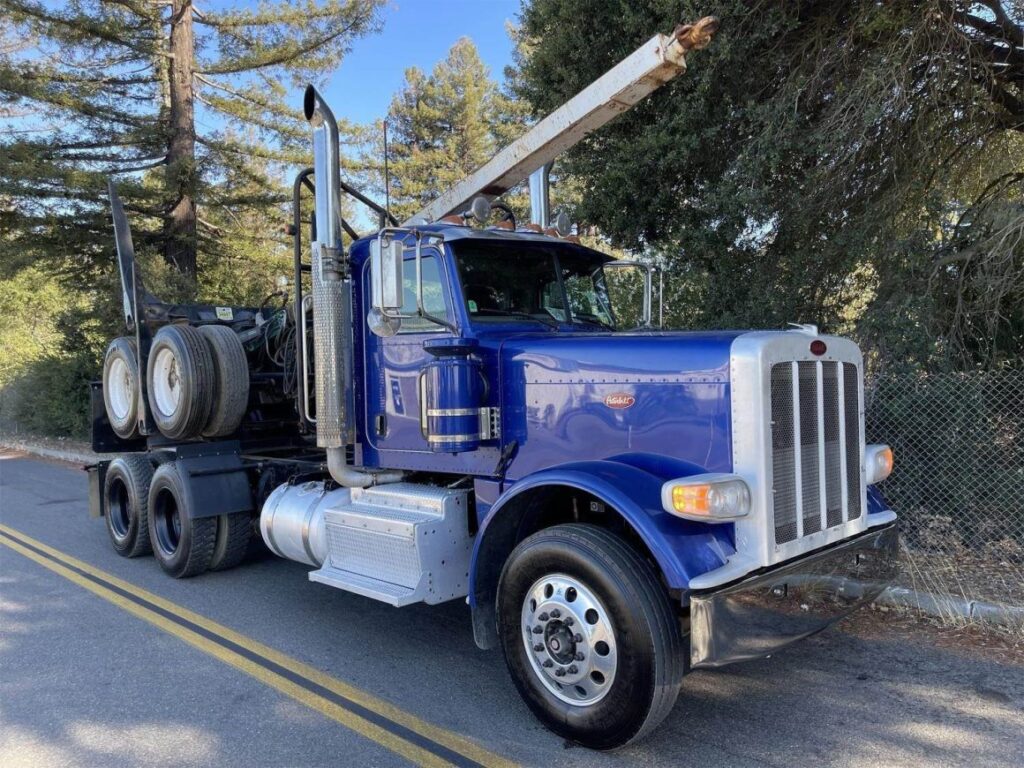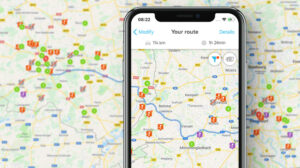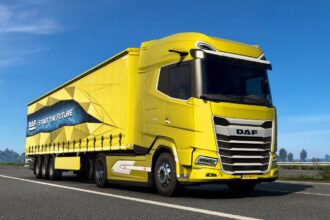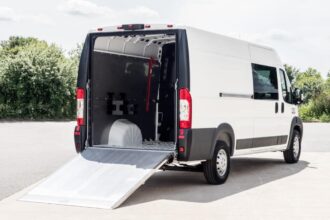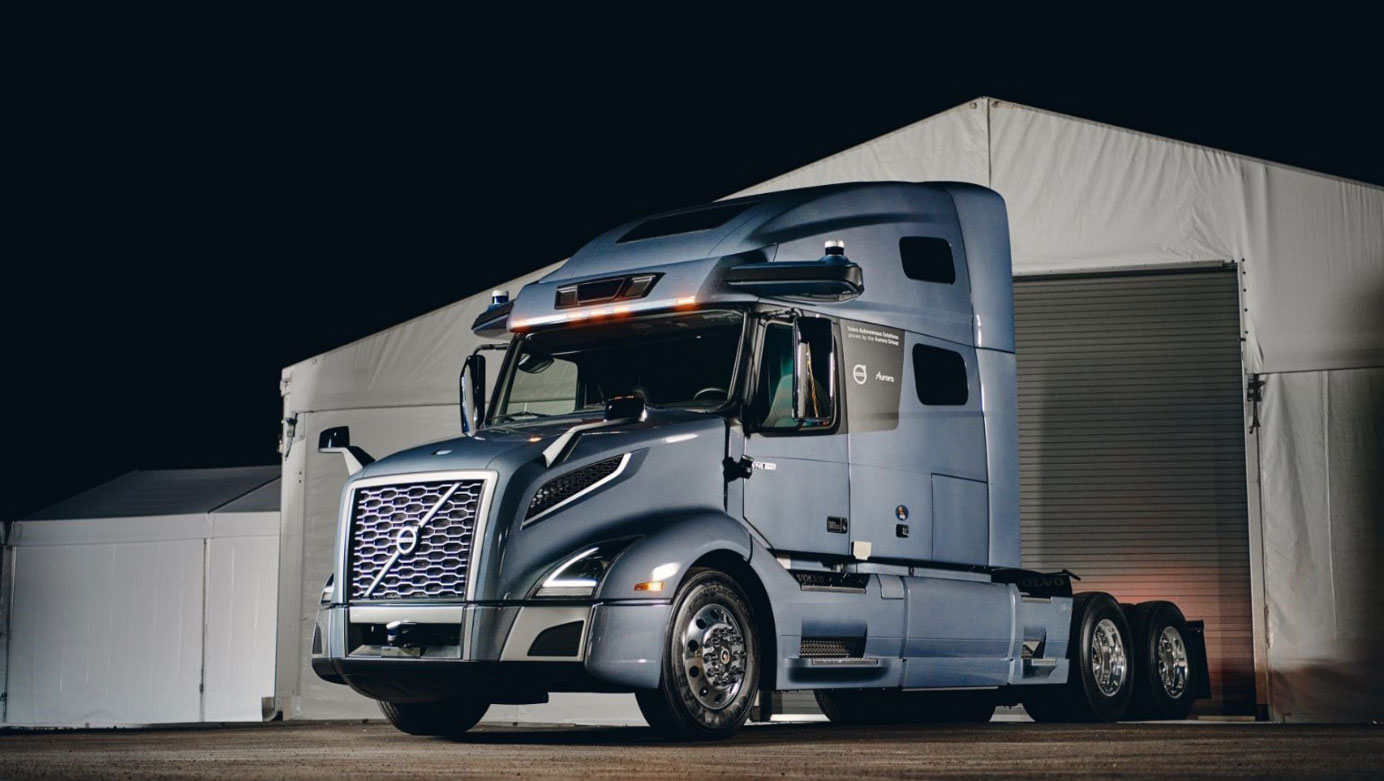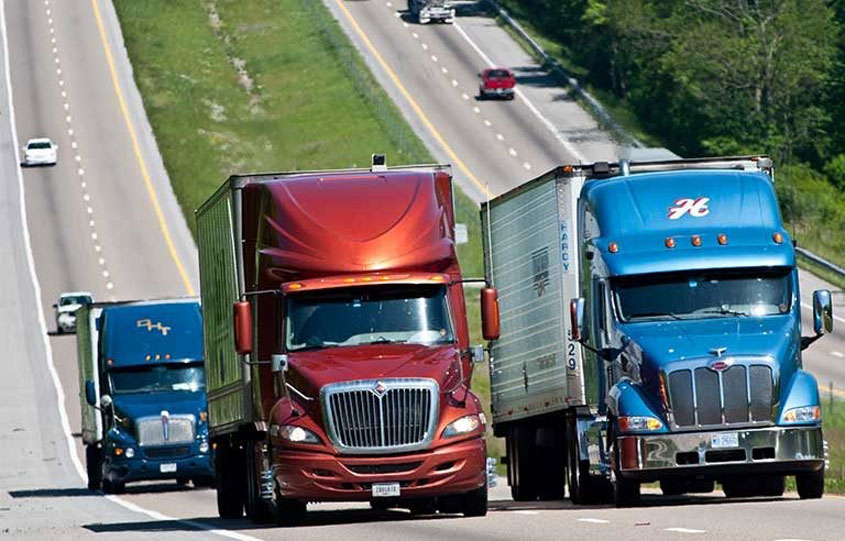Table of Contents
Imagine you are a log truck driver. You wake up every morning, hop into your massive vehicle, and hit the road. You haul tons of logs from the forest to the customers, facing challenges such as rough terrain, bad weather, and traffic jams. You enjoy the thrill of driving, the satisfaction of delivering, and the freedom of being your own boss. But you also know that running a log truck business is not a walk in the park. It requires careful planning and preparation, as well as hard work and dedication.
Do you want to know how to handle these problems? Good luck, you just hit a jackpot.
Read this article to know how to plan for your log truck business step by step. It covers topics such as writing a business plan, getting a commercial driver’s license, registering your business, obtaining insurance and permits, purchasing or leasing a log truck, and finding customers and contracts. By the end of this article, know that you are going to have a clear idea of what it takes to start and succeed in your log truck business. So buckle up and get ready for the ride!
To learn how to effectively plan for your log truck business:
1. Know What Logging Truck Business Is
To adequately plan for your log truck business, know what the business is all about. When you engage in a log truck business, you find yourself transporting logs from the forest to the customers who need them. Logs are large pieces of wood that are cut from trees and used for various purposes, such as making furniture, paper, or fuel. Customers who need logs include sawmills, pulp mills, or other wood processing facilities.
So, you are right if you say a log truck business is like a bridge that connects the forest and the customers. It helps the forest owners sell their logs and the customers buy their logs. It also helps the environment by reducing the waste and pollution that may result from burning or dumping the logs.
To run a log truck business, you need to have a log truck, which is a special vehicle that can carry and secure the logs. You also need to have a commercial driver’s license, which is a license that allows you to drive large and heavy vehicles. You also need to register your business, obtain insurance and permits, and find customers and contracts. A log truck business can be a profitable and rewarding venture, but it also requires careful planning and preparation. To learn more about its viability, explore Is Logging Truck Good Business?
2. Write a Business Plan
To have a successful log truck business, carefully write your business plan. A business plan is your roadmap that shows where you want to go and how to get there. It helps you define your goals, strategies, and financial projections for your log truck business. It also helps you secure funding, attract partners, and guide your operations. A business plan typically includes an executive summary, a company description, a market analysis, a description of your services, a sales and marketing plan, and a financial plan.
3. Get Your Commercial Driver’s License (CDL)
To run a ground breaking log truck business, get your commercial driver’s license. Don’t forget that CDL is your passport that allows you to operate a log truck legally and safely. For a detailed guide on the process, refer to How to Get a CDL License. However, to lay your hand on commercial driver’s license there are certain steps to take. You need to pass a physical exam, a drug test, a background check, and a knowledge test to get your CDL. You also need to pass a road skills test with your log truck to prove your driving ability. The requirements and fees for getting a CDL may vary by state and country, so you should check with your local department of motor vehicles (DMV) for the specific details. You can also use online resources, such as CDL Career Now, to find CDL training programs, practice tests, and tips near you. Getting a CDL can take several weeks or months, depending on your availability and experience level. Prepare well and study hard for the tests, as they are not easy to pass. Be sure to check this resourceful guide—CDL Training General Knowledge (CDL Test General Knowlegde)
4. Register Your Business
To begin a log truck business, register your business with the authorized bodies. Do you know registering your business is like getting a visa that grants you permission to do business in different places? You need to register your business name and structure with the appropriate authorities in your state and country. Don’t forget to obtain an employer identification number (EIN) from the Internal Revenue Service (IRS) if you plan to hire employees. Additionally, you need to register with the Federal Motor Carrier Safety Administration (FMCSA) and get a USDOT number and an MC number for interstate transportation of goods. To ensure a smooth process, be aware of Top Mistakes To Avoid in USDOT and MC Authority Application
5. Obtain Insurance And Permits
To start a log truck business, obtain insurance and permits. Getting insurance and permits is like having shields that protect you from risks and liabilities in case of accidents or damages. To ensure the longevity of your business, do whatever it takes to get an adequate insurance coverage for your log truck, your cargo, and your liability.
On the other hand, You may also need to obtain special permits for hauling oversized or overweight loads, crossing state lines, or operating in certain areas. Check with your local and state authorities for the specific requirements and fees. The minimum insurance requirements may vary by state and country, but generally you need at least $750,000 of liability insurance and $5,000 of cargo insurance per vehicle. You can also use online platforms, such as Permit America, to apply for and manage your permits online.
>>>GET SMARTER: Logging Truck Business: Should I Set It as an LLC
6. Purchase Or Lease a Log Truck
To commence your log truck business on a good note, purchase or lease a log truck. A log truck is your vehicle that carries your logs from the forest to the customers. This is the most essential asset in your business. For detailed guidance on acquiring your vehicle, consider How to Buy a Logging Truck for Business
To buy or lease a log truck consider your budget and preferences. Buying a log truck gives you more control and ownership over the vehicle, but it also requires more upfront capital and maintenance costs, while leasing a log truck gives you more flexibility and lower monthly payments, but it also limits your customization options and mileage allowances. Consider factors such as the size, capacity, condition, fuel efficiency, maintenance costs, and safety features of the log truck before making a decision.
To get a log truck, use online platforms, such as Truck Paper, to browse and compare different models and prices of log trucks. You can also visit local dealerships or auctions to inspect and test drive the vehicles in person.
7. Find Customers And Contracts
To kick start your log truck business on a promising ground, find customers and contracts. Bear it in mind that customers and contracts are your destinations that generate revenue for your log truck business. You need to find customers who need logs delivery in their locations. You can use online platforms, such as Truckstop.com, to find loads and negotiate rates. You can also network with local logging companies, sawmills, pulp mills, or other potential customers and establish long-term contracts.
Recap
To have a good truck business plan, understand what truck business entails and write out your business plan. For a complete guide on launching your venture, learn how to start a logging truck business. Get your driver’s license and register your company with the government. In addition, insure your business and obtain the necessary paperwork. Finally, get your log truck either by buying or leasing and navigate how you can get the right customers and contracts.
